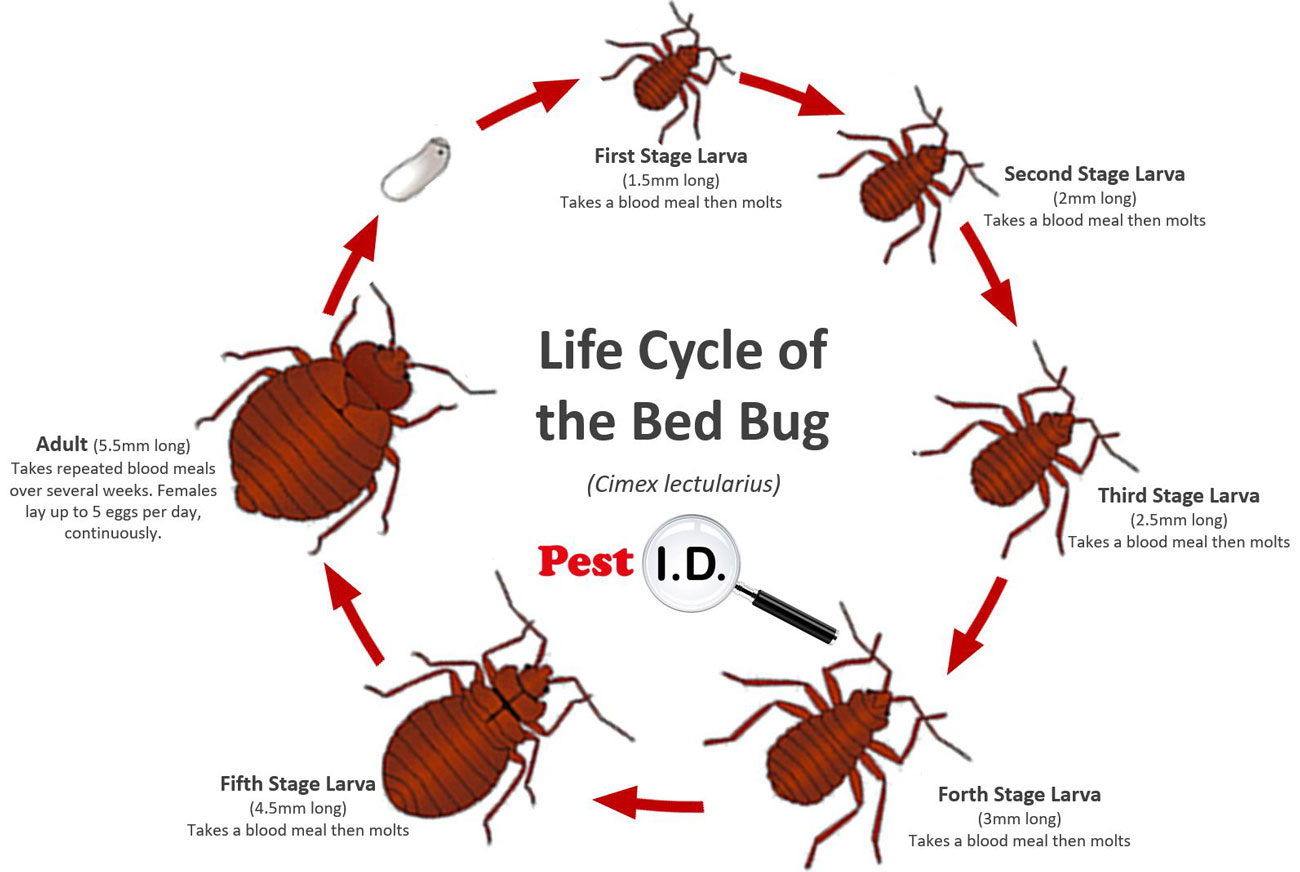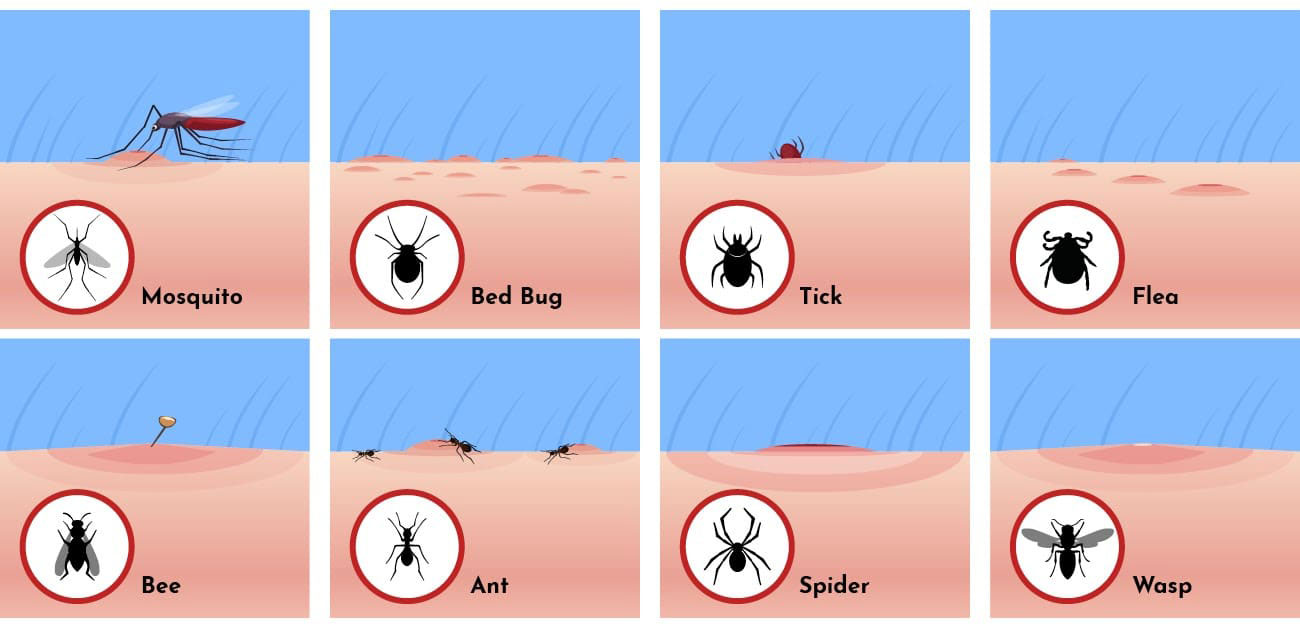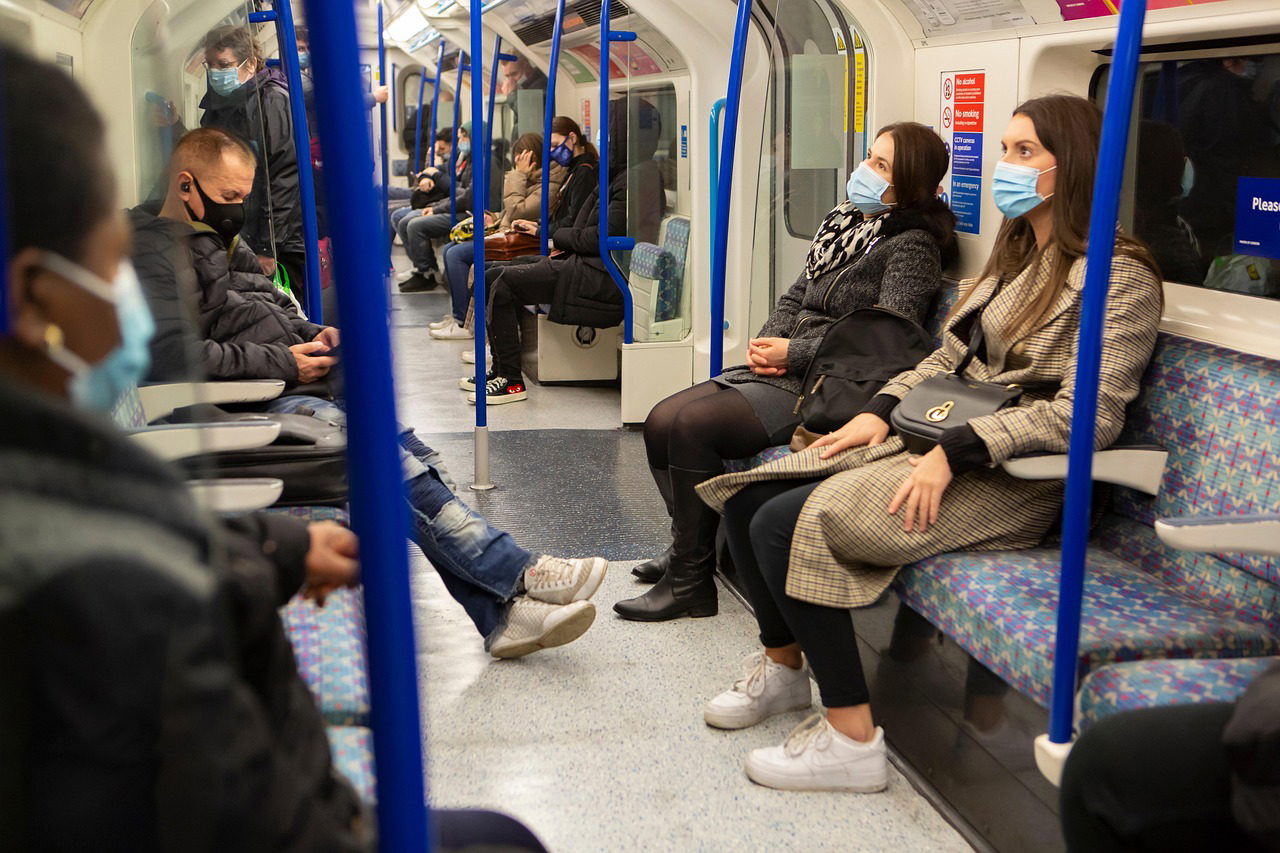What Are Bedbugs? Let’s dive into all you need to know about bed bugs and what to do if these hitchhikers find their way to you.
Bed bugs are a type of insect from the genus Cimex. These insects feed on the blood of humans and warm-bodied animals. Bed bugs can go 20 to 400 days without feeding, making them talented “hitchhikers,” allowing them to travel long distances and persist in their chosen environment.
Who’s at risk?
Unfortunately, everyone is at risk for getting bed bugs if visiting an infected area. Although, anyone who travels frequently or lives with people who do, are at a higher risk. They are not only found among mattresses and bed sheets, clothes, luggage, they can travel to just about anywhere.
The Bites: Do they pose a threat to your health?
Using their long beaks, bed bugs pierce the skin and take your blood. Typically, the bugs will feed for around 3 to 5 minutes at a time or until they’re full. Bed bug bites can affect people differently; they may be itchy for some or not at all for others; while some may even have allergic reactions. Depending on your skin tone, the bites may appear differently. Bites on lighter skin tones usually look red, whereas bites on darker skin tones may appear purple. Typically, there are many bites in one area (a cluster) rather than single scattered bites.
Most of the time, the worst thing that comes from bed bug bites is some itching and a loss of sleep. Bed bugs are more of an annoyance since they are not known to spread disease. However, excessive scratching at those itchy bites can increase the chances of secondary skin infections.
Typically, any bites you may have will disappear after one to two weeks, so they do not usually require any treatment. However, some over-the-counter itch relief creams may be used if necessary. If the bites do persist or an allergic reaction occurs, you may want to consult a doctor.

Where to look and how to spot them
Bed Bugs like to hide in areas where they have easy access to feed off people while they sleep. If you’re worried you may have bed bugs or want to see if your hotel room or Airbnb has them, start by checking your mattresses! You may find the bugs hiding in dark crevices such as the piping of the mattress, near the seams, tags, box springs, and even in the cracks of the headboard.
Bed bugs don’t just stay on and near your bed over time. They spread and find more crevices to hide in. The following are some of the many places that you may find the tiny bugs: the folds of curtains, the seams of couch cushions, under peeling paint or wallpaper, on or in luggage, in electrical outlets and appliances, or on other objects near the bed.
There are many signs of a bed bug infestation. The first sign of bed bugs may be those small bites on your skin. Besides seeing the actual bugs, other signs may include:
- A musty, sweet odor especially around your bed
- Small blood spots on your mattress or sheets
- Tiny pale yellow eggs or eggshells
- Small black dots (bed bug feces)

Hotels and Airbnbs
When you get to wherever you are staying, or even when you get home from a trip, never put your bags or clothing on your beds, couches, or anything else with fabric. Instead, set them in the bathroom or somewhere there isn’t a lot of fabric. If you do come across bed bugs upon entering a hotel room or Airbnb, immediately request a room change or inform the owner of the property.
When switching rooms or even hotels, do not bring your luggage into that new space before taking sanitation measures. If at any point your luggage was open in that room, you should wash everything and then dry all of it on the hottest setting or at least 50 degrees celsius. Make sure you also thoroughly clean your suitcase as well. Putting your suitcase in a plastic bag is also a good way to protect your luggage when traveling.
When you go home, it is best to not bring luggage into your home. All cleaning and disinfecting of luggage can be done outside. It is recommended to transfer all of your clothing outside into plastic bags and then bring them directly to the washing machine to be washed and dried on high heat. Then you should store your luggage in a sealed plastic bag for about 6 months to insure that no bugs get into your home.
Have Bed Bugs at Home?
If you find that you have bed bugs in your own home or have acquired them on your travels, the following steps may need to be taken. First, it is important to identify any surfaces that may be infested in order to prevent further spread. It is then best to wash curtains, bedding, clothing, or other fabrics in hot water. Don’t forget about stuffed animals or shoes that may also be contaminated and require cleaning. In addition, it is recommended to scrub mattress seams with a stiff brush before vacuuming any remaining eggs or bed bugs away.




